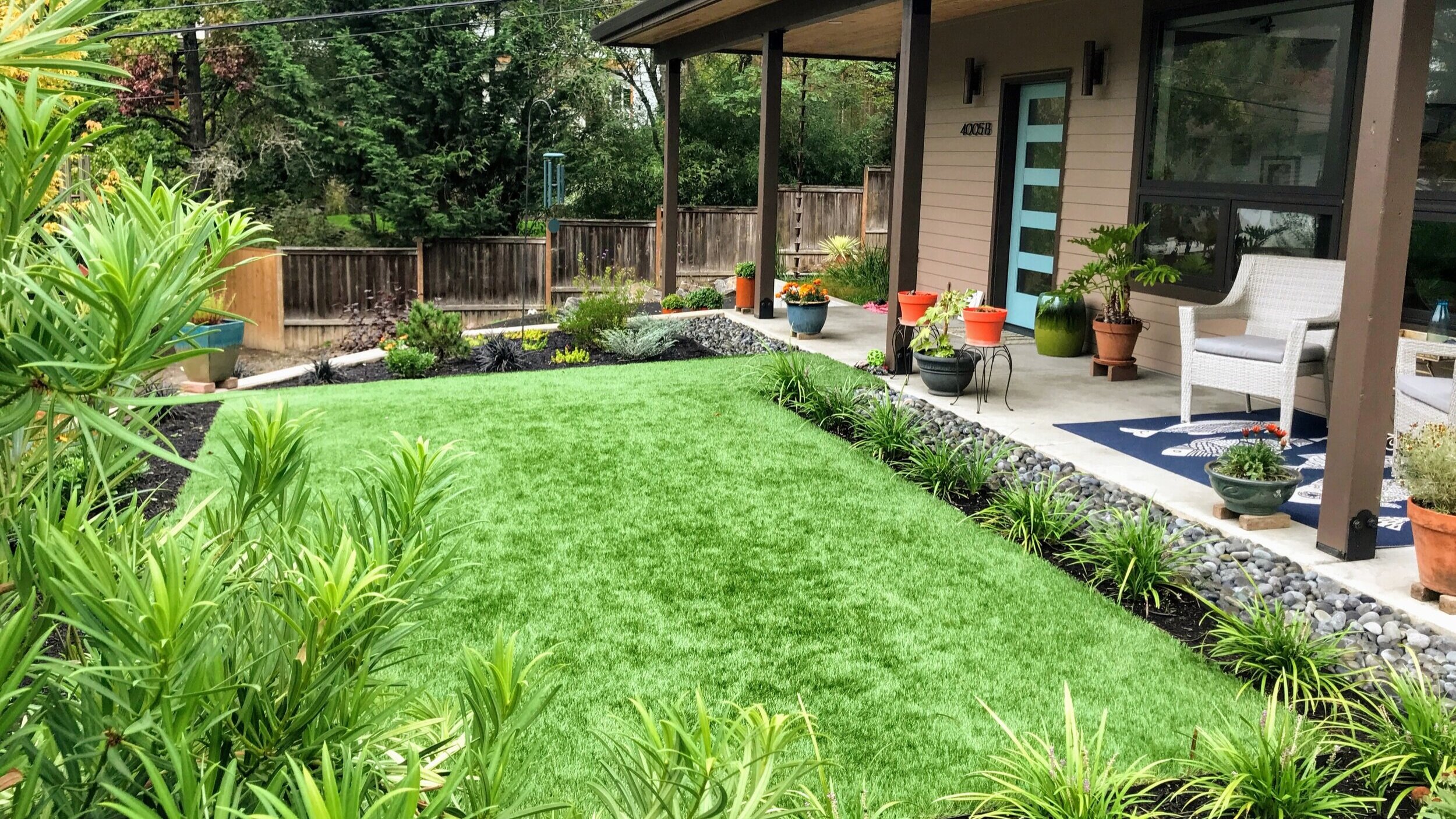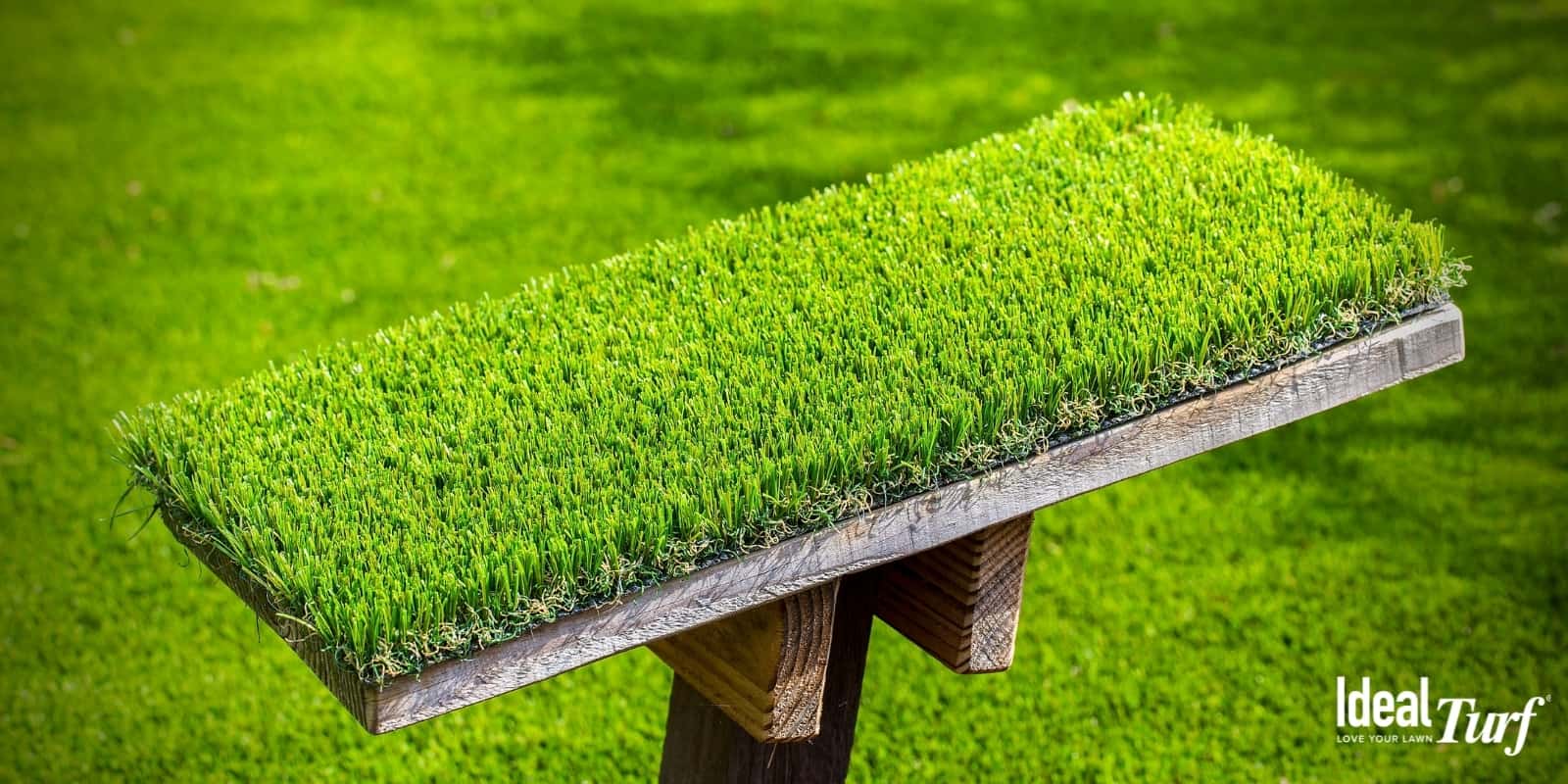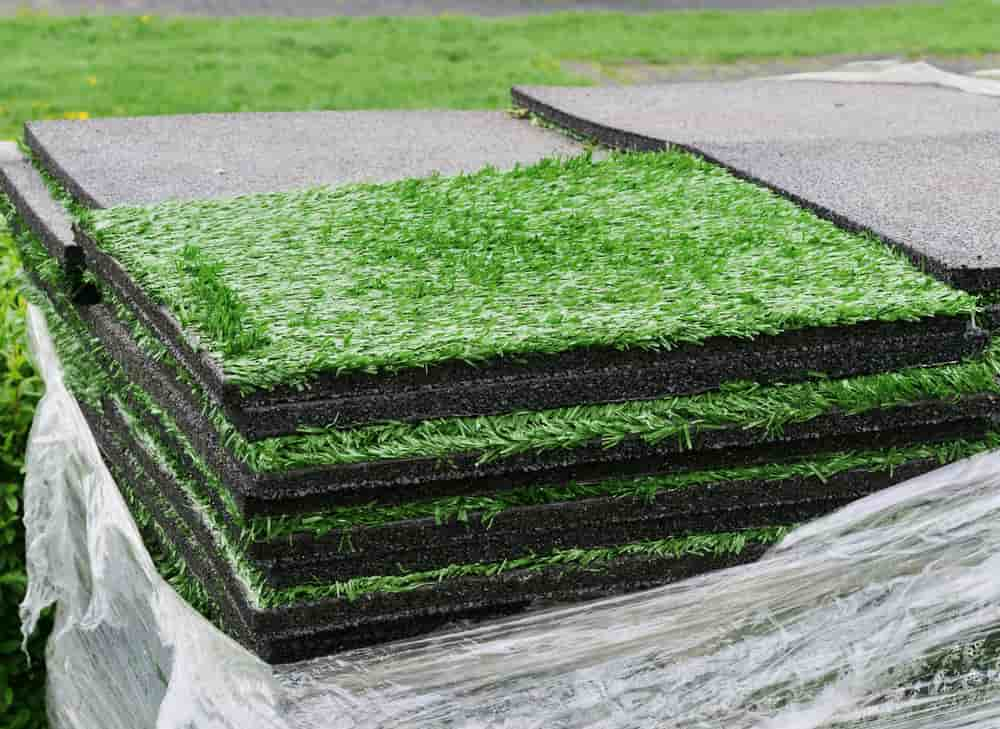Professional Arizona Turf Installation Solutions for Residential and Business Use
Professional Arizona Turf Installation Solutions for Residential and Business Use
Blog Article
Delve Into the Environmental Advantages of Opting for Synthetic Grass Solutions
The fostering of fabricated turf options provides a compelling chance to resolve pushing environmental obstacles. By substantially minimizing water use and reducing the application of unsafe chemicals, these options not just promote lasting landscaping but likewise safeguard local communities. The reduced carbon impact linked with decreased maintenance activities contributes to a much more lasting approach to land monitoring. The implications of these benefits expand beyond mere preservation initiatives, raising questions regarding their lasting impact on habitat conservation and total environmental equilibrium. Exploring these dimensions reveals a complex interaction worth taking into consideration.
Water Conservation Advantages
One of the most substantial benefits of synthetic grass is its capability to conserve water. In comparison, man-made turf does not need watering, considerably minimizing the total need for water sources.
By eliminating the need for routine watering, synthetic grass adds to sustainable landscape methods and aids reduce the ecological impact of extreme water intake. Additionally, the preservation of water includes the decrease of drainage, which can lead to soil disintegration and river pollution.
Additionally, the setup of synthetic grass allows homeowners and towns to allot water sources a lot more efficiently, concentrating on necessary usages such as alcohol consumption water and farming. The change in the direction of artificial lawn not just advertises accountable water usage yet additionally straightens with wider environmental objectives targeted at protecting natural resources.
As communities progressively prioritize sustainability, the water preservation advantages of fabricated lawn provide a compelling case for its fostering in business and property landscaping projects.
Reduced Chemical Usage
The change to synthetic grass substantially reduces the reliance on chemical therapies frequently utilized in natural yard upkeep. Conventional lawn monitoring generally entails the application of herbicides, fertilizers, and chemicals to advertise growth and control pests. These chemicals can present threats to human wellness, local wild animals, and the environment, adding to soil and water contamination.
In comparison, artificial turf eliminates the need for these unsafe substances. By reducing the launch of synthetic substances into the ecological community, artificial turf advertises much healthier soil and water systems.
In addition, the lack of chemical overflow connected with synthetic grass setups helps safeguard regional waterways from contamination, supporting aquatic life and maintaining biodiversity. Arizona turf. As communities progressively focus on sustainable practices, selecting artificial turf provides a feasible remedy that straightens with environmental preservation goals. Through this change, homeowner can enjoy lush green rooms without endangering ecological health and wellness, leading the means for a more sustainable future
Lower Carbon Impact

Moreover, the installation of fabricated grass can cause substantial water preservation. Natural lawns require substantial amounts of water for watering, which not just includes in the carbon impact connected with water removal and treatment but also stress local water sources. On the other hand, synthetic grass needs marginal maintenance, requiring no watering, thus substantially minimizing water use and its associated energy prices.
Additionally, the long life of synthetic lawn adds to its decreased carbon effect. With a lifespan of up to 15 years or even more, the demand for constant replacements is decreased, leading to less waste and lower power usage in manufacturing and disposing of typical yard alternatives. On the whole, synthetic lawn presents a sustainable option for environmentally additional hints conscious landscaping.
Habitat Conservation
Environment conservation is a critical factor to consider in the argument over landscape design choices, specifically when contrasting fabricated lawn to all-natural turf. All-natural lawn yards typically need considerable upkeep, including making use of pesticides, herbicides, and plant foods, which can detrimentally impact regional environments. These chemicals can seep into the soil and waterways, hurting indigenous vegetation and animals and interrupting local habitats.
In comparison, synthetic grass provides an opportunity to reduce the ecological footprint of landscaping. By going with synthetic turf, property owners can minimize the disturbance of all-natural habitats associated with traditional yard care techniques. Synthetic lawn eliminates the demand for dangerous chemicals, thereby securing close-by wildlife and preserving the stability of bordering ecosystems. The installation of synthetic grass can lead to the conversion of previous yard areas right into even more biodiverse landscapes, such as pollinator yards or indigenous plant locations, which can support regional wildlife.
Inevitably, the transition to synthetic turf not only conserves water and minimizes maintenance efforts yet additionally cultivates a more unified connection between human tasks and the all-natural setting, advertising habitat conservation in the procedure.
Long-Term Sustainability
Long-lasting sustainability is a crucial consider reviewing the benefits of synthetic grass over traditional turf lawns. Among the most visit here significant advantages of synthetic grass is its toughness; it can last approximately 15-20 years with very little upkeep, whereas natural lawn needs frequent reseeding and substitute. This durability lowers the demand for continuous sources, such as water, fertilizers, and pesticides, which are vital for maintaining a healthy and balanced grass lawn.
Additionally, synthetic grass adds to a decrease in carbon emissions connected with yard treatment equipment. Conventional lawns usually require gas-powered lawn mowers, leaners, and blowers, all of which add to air pollution. Arizona artificial turf. In contrast, synthetic turf gets rid of the demand for such equipment, advertising a cleaner atmosphere
In addition, the production of synthetic grass increasingly makes use of recycled products, boosting its sustainability profile. As manufacturers embrace eco-friendly practices, the ecological footprint of fabricated lawn remains to diminish.

Conclusion
The fostering of synthetic grass services provides substantial ecological benefits, consisting of significant water preservation, decreased dependence on harmful chemicals, and a lower carbon impact. Additionally, synthetic grass help in maintaining all-natural environments by decreasing land disruption and advertising long-lasting sustainability with using sturdy products. Jointly, these factors emphasize the possibility of man-made grass to add positively to environmental wellness and use a feasible alternative to traditional landscape design methods in a significantly resource-conscious globe.
In contrast, artificial turf does not require watering, considerably decreasing the overall need for water resources. By minimizing the release of artificial compounds right into the ecological community, man-made turf advertises healthier soil and water systems.
Moreover, the setup of artificial grass can result in substantial water preservation. In contrast, fabricated grass requires marginal maintenance, calling for no watering, consequently significantly minimizing water use and its associated power prices.

Report this page